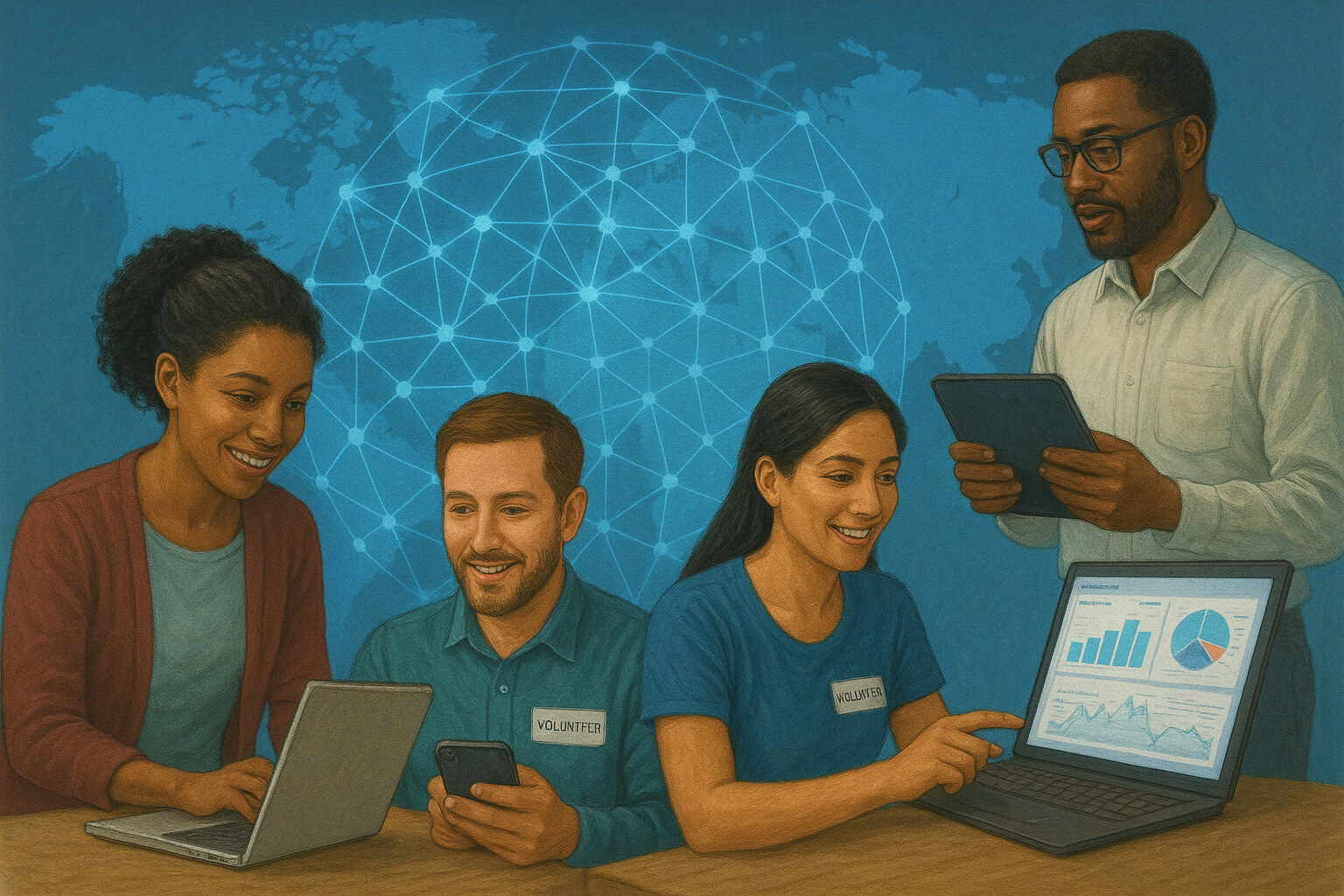September 11, 2025

In an age of rapid digital transformation, technology has become a powerful equalizer—especially for non-profits. No longer constrained by limited local reach or outdated systems, modern non-profit organizations are using technology to extend their impact, optimize operations, and connect with supporters across the globe.
From fundraising apps to artificial intelligence, the tools available today are helping non-profits do more with less—making every hour, dollar, and message count.
Traditional fundraising models relied heavily on in-person events, phone drives, or direct mail. While these methods are still valuable, technology has opened entirely new doors.
Today’s digital fundraising tools allow non-profits to reach donors anytime, anywhere, with features like:
These methods not only broaden access but also empower volunteers and donors to become advocates, driving momentum from the ground up.
Read about the day-to-day power of people behind the scenes in A Day in the Life of a Non-Profit Volunteer.
Data has become one of the most valuable assets for any organization—non-profits included. By collecting and analyzing key performance indicators (KPIs), organizations can:
For example, donor segmentation tools allow for personalized messaging based on giving history, interests, or location—making appeals more relevant and compelling.
Analytics also help organizations understand what motivates supporters, connecting directly with ideas like those discussed in The Psychology of Altruism: Why We Help Others.
Social media has become one of the most effective advocacy tools available. Whether it’s a grassroots campaign or an international movement, non-profits use platforms like:
Hashtags like #GivingTuesday, #BlackLivesMatter, or #EndHungerNow show how online mobilization can have real-world consequences—from legislative changes to funding surges.
This digital engagement also builds trust and transparency, especially when organizations use social media to report progress, share testimonials, or invite supporters behind the scenes.
See how deeper community relationships drive impact in Why Community Engagement is Crucial for Social Change.
Technology also lightens the administrative load. With limited staffing and time, non-profits benefit enormously from automation and artificial intelligence (AI):
By automating routine tasks, organizations can redirect human energy to what matters most—serving their mission and their communities.
As remote and hybrid work becomes the norm, non-profits have embraced cloud-based tools like:
These platforms enable teams to work from anywhere, ensuring that volunteers, donors, and staff—whether local or international—can stay connected and aligned.
Such tools are particularly vital for global initiatives or disaster-response organizations, where time zones and logistics often add complexity.
Let’s look at a few practical examples:
These are not futuristic ideas—they’re happening now, and they demonstrate how technology amplifies capacity, accountability, and creativity.
Another advantage of technology is its role in continuous improvement. Feedback loops powered by surveys, social media engagement, or user interaction data help organizations:
To see how technology ties into broader global goals, explore The Link Between Non-Profits and Sustainable Development Goals (SDGs).
Technology is not just enhancing the non-profit sector—it’s reshaping it. By embracing digital tools, data, and innovation, non-profits can:
But with this opportunity comes a responsibility: to use tech ethically, inclusively, and transparently. When leveraged thoughtfully, technology can help non-profits build stronger connections, foster greater trust, and achieve transformational change.
Stay up to date with the latest tips, expert insights, product reviews, and step-by-step guides to help you grow, create, and succeed—no matter your industry or passion.